Did you know that heating and cooling your home accounts for about 60% of your energy costs? Check out these tips to help reduce the energy used in your home – not only does this save you big bucks on your monthly bills, you’re reducing your carbon footprint.
Save More
Install a programmable thermostat with a built-in timer. You can set it to lower the heat by a few degrees at night and when you’re away, or turn off the AC when you leave for the day. Contrary to popular belief, this method uses less electricity than having the AC constantly maintain a cool temperature! Your savings can easily pay for the cost of the thermostat (as little as $50) in the first year by varying the temperature just a few degrees at night or when you’re away. Just think of the savings over 5 or 10 years!
Tips
- Install ceiling fans and use them to supplement or even as an alternative to air conditioning – ceiling fans generally use very little electricity. Make sure your fan is blowing air downwards in summer.
- To save money on heating costs, reduce the temperature of your home by a few degrees at night and when you’re away.
- Keep blinds, shades and drapes closed during the hottest part of the day in the summer. (And open south-facing blinds on sunny winter days!)
- Use area rugs on cold floors – if your feet are cold, your body will feel cold.
- If you feel cool, put on a sweater rather than simply turning up the thermostat.
- Clean or replace the air filter on your furnace every month to improve efficiency.
- To save more on central AC costs, try cooling your home to only 24 or 25 °C instead of the low 20s. Each degree below 26 °C will noticeably increase your electricity use!
- Turn off unnecessary lights in the house (they produce a lot of heat which works against the AC.)
- Conservation can be as easy as planting a tree. Plant some leafy (deciduous) trees on the sunny side of your house. During the summer they provide shade, and in the winter they will shed their leaves to let the warming sunshine through.
- Pine or fir trees on the north side provide an energy-saving windbreak.


